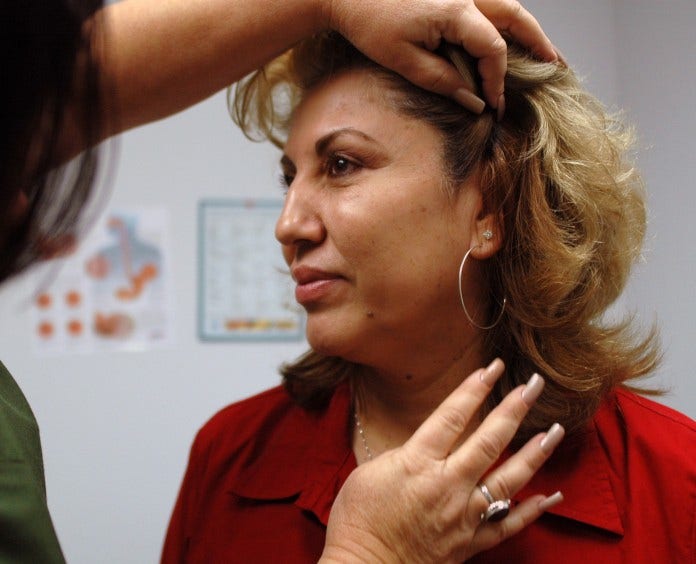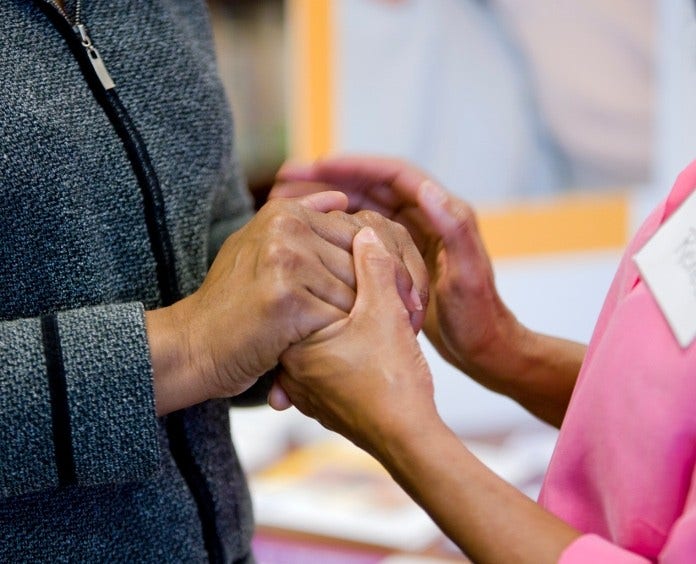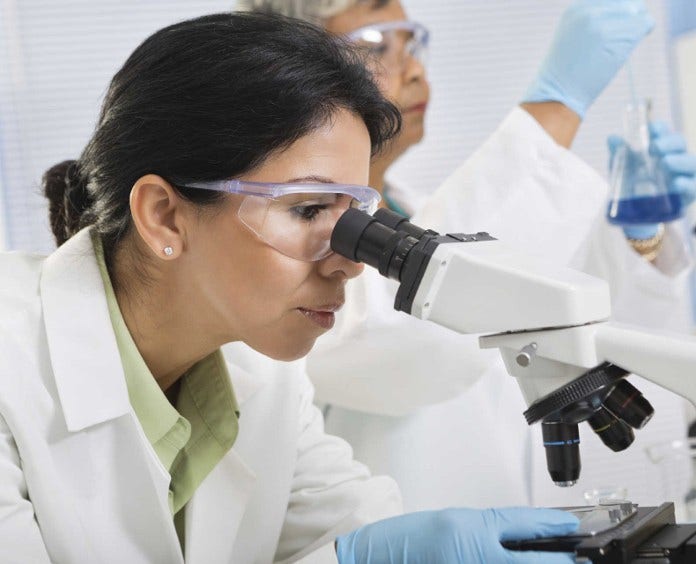Your gift is 100% tax deductible
Kaposi Sarcoma
If you have Kaposi sarcoma or are close to someone who does, knowing what to expect can help you cope. Here you can find out all about Kaposi sarcoma, including risk factors, symptoms, how it is found, and how it is treated.
About Kaposi sarcoma
Kaposi sarcoma (KS) is a type of cancer that starts in the cells lining your blood vessels or lymph vessels.
It most often shows up as purple, red, or brown spots or lumps on your skin or inside your mouth. These are called lesions. KS can also develop in other parts of the body, such as the lymph nodes, lungs, or digestive tract.
Skin lesions usually appear on the legs or face. They may look concerning, but they often don’t cause symptoms. However, lesions on your legs or groin can block lymph flow and cause painful swelling, called lymphedema, in your legs and feet.
KS can be much more serious when it affects internal organs. Lesions in your digestive tract can cause bleeding inside your body. Lesions in your lungs may cause breathing problems.
KS is caused by infection with a virus called human herpesvirus 8 (HHV-8), also known as Kaposi sarcoma-associated herpesvirus (KSHV). However, most people infected with HHV-8 don’t develop KS. In the United States, KS is more common in people with weakened immune systems.
Types of Kaposi sarcoma
There are 4 main types of Kaposi sarcoma:
- Epidemic (HIV-associated or HIV-related) KS
- Classic (Mediterranean) KS
- Endemic (African) KS
- Iatrogenic (transplant-related) KS
Each type affects different groups of people and can appear in different ways, but the genetic changes within the KS cells are very similar in all 4 types.
This is the most common type of KS in the United States. It develops in people who are infected with HIV, the virus that causes AIDS.
This type of KS was formerly known as AIDS-associated or AIDS-related Kaposi sarcoma, because it was first seen in people with AIDS. But it can also develop in people living with HIV who don’t have AIDS.
In people with HIV, KS often shows up as lesions on the skin or in the mouth. But it can also affect other parts of the body, including lymph nodes and organs such as the digestive tract, lungs, and liver.
In the US, treating HIV with antiretroviral therapy (ART) has greatly reduced the number of people who get HIV-related Kaposi sarcoma, and it’s also an essential part of treating it.
In areas of the world where ART isn’t widely available, HIV-associated KS can progress much more quickly.
Classic Kaposi sarcoma happens mainly in older people of Mediterranean, Eastern European, and Middle Eastern heritage, in parts of the world with higher rates of HHV-8 infection. It is more common in men than in women.
Classic KS usually begins as a few slow-growing skin lesions, most often on the legs, ankles, or feet. The lesions tend to grow more slowly compared to other types of KS, and new lesions don’t appear as often.
In general, a person’s immune system gets weaker as they age, which may be why it tends to occur more in older people.
Endemic KS occurs in people living in Sub-Saharan Africa. Infection with Kaposi sarcoma-associated herpesvirus (KSHV) is common in this region. Other factors in this part of Africa weaken the immune system as well, including malaria, other chronic infections, and malnutrition. These may also play a role in the development of endemic KS.
Endemic KS tends to affect younger people than classic KS does. In adults, it often appears as lesions on the skin like classic KS. But in children it can be more aggressive, affecting lymph nodes and other organs.
Endemic KS used to be the most common type of KS in Africa. But as HIV infection rates have gone up, epidemic KS has become more common.
This type of KS develops in people who take medicines to suppress their immune system after an organ transplant. These drugs help prevent organ rejection but also increase the risk of KS if someone is infected with Kaposi sarcoma-associated herpesvirus (KSHV).
Iatrogenic KS usually appears as skin lesions. It may improve or go away if the immune-suppressing drugs are reduced or stopped.
Quick Guides
- Written by
- References

Developed by the American Cancer Society medical and editorial content team with medical review and contribution by the American Society of Clinical Oncology (ASCO).
Anampa J, Barta SK, Haigentz M, Sparano JA. Ch. 62: Human Immunodeficiency Virus (HIV) Infection and Cancer. In: Niederhuber JE, Armitage JO, Kastan MB, Tepper JE, eds. Abeloff’s Clinical Oncology. 6th ed. Philadelphia, PA: Elsevier; 2020.
Bettuzzi T, Lebbe C, Grolleau C. Modern approach to manage patients with Kaposi sarcoma. J Med Virol. 2025 Mar;97(3):e70294.
Groopman JE. AIDS-related Kaposi sarcoma: Clinical manifestations and diagnosis. UpToDate. 2025. Accessed at https://www.uptodate.com/contents/aids-related-kaposi-sarcoma-clinical-manifestations-and-diagnosis on September 25, 2025.
Krown SE, Singh JC. Classic Kaposi sarcoma: Epidemiology, risk factors, pathology, and molecular pathogenesis. UpToDate. 2025. Accessed at https://www.uptodate.com/contents/classic-kaposi-sarcoma-epidemiology-risk-factors-pathology-and-molecular-pathogenesis on September 19, 2025.
National Cancer Institute. Kaposi Sarcoma Treatment (PDQ®)–Health Professional Version. 2025. Accessed at https://www.cancer.gov/types/soft-tissue-sarcoma/hp/kaposi-treatment-pdq on September 19, 2025.
National Comprehensive Cancer Network. NCCN Clinical Practice Guidelines in Oncology (NCCN Guidelines): Kaposi Sarcoma. Version 2.2026. Accessed at www.nccn.org on September 19, 2025.
Ramaswami R, Lurain K, Yarchoan R. Oncologic treatment of HIV-associated Kaposi sarcoma 40 years on. J Clin Oncol. 2022;40(3):294-306.
Last Revised: December 5, 2025
American Cancer Society medical information is copyrighted material. For reprint requests, please see our Content Usage Policy.
This information is possible thanks to people like you.
We depend on donations to keep our cancer information available for the people who need it most.







